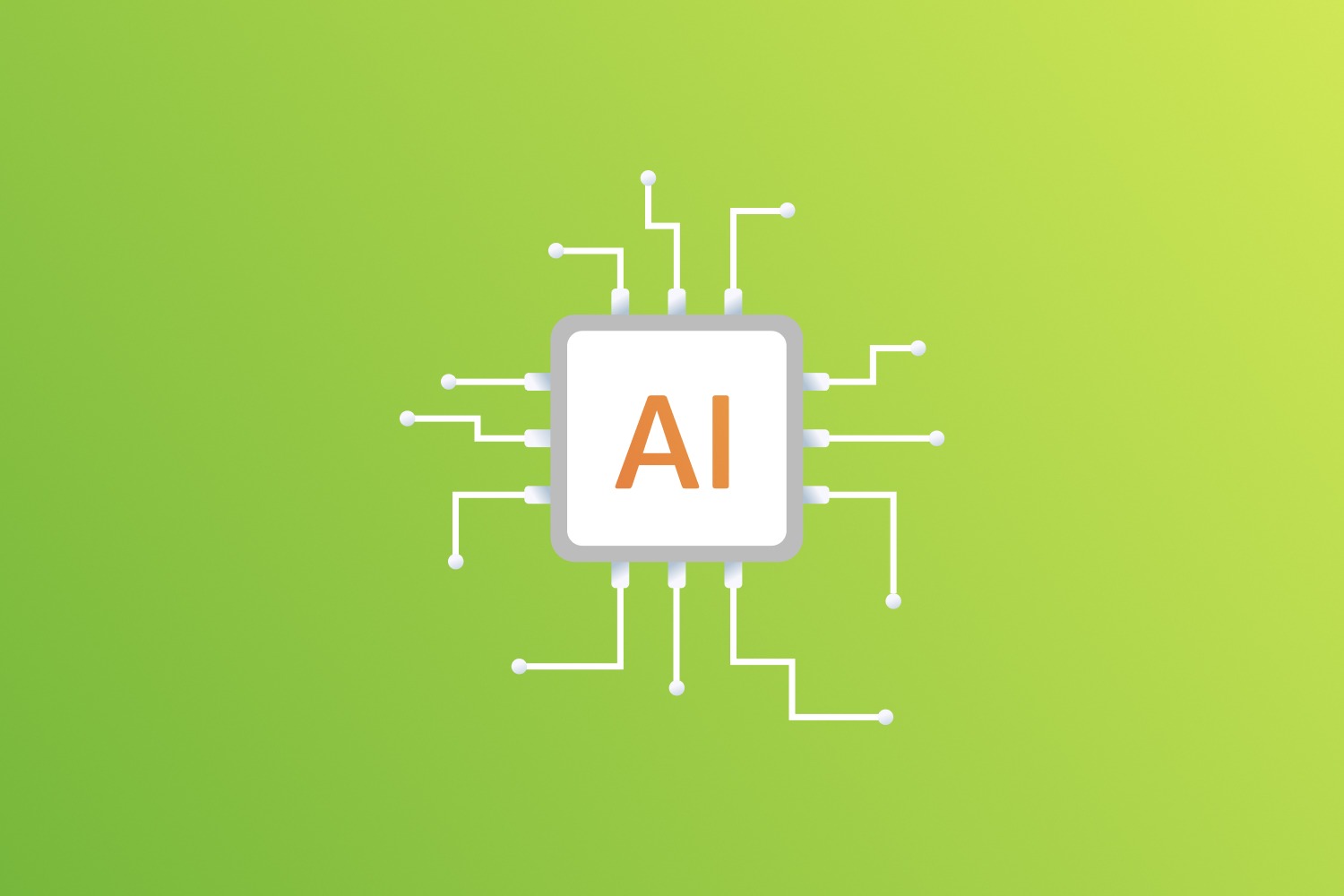As the world of software development evolves, the role of test automation becomes increasingly crucial. In this article, Yauhen Klimiashuk and Galina Makhotkina, Test Automation Managers from EPAM, will help you delve into the latest trends and stay tuned with tools, techniques, and strategies that set the standard for modern quality engineering.
Automated testing in .NET is gaining more recognition
The trend of test automation in .NET is gaining recognition, with organizations realizing the need to automate their testing processes for improved efficiency and product quality. This is further reinforced by partnerships with Microsoft and the adoption of AI technologies, allowing developers to create intelligent and robust automated tests.
Selenium remains the heart of test automation
Selenium remains a prominent test automation tool, especially with the release of Selenium 4 in October 2021. This latest version has introduced significant improvements that have been well-received, positioning Selenium 4 as a key trend to watch in the future.
Alongside Selenium, there is a growing trend towards adopting other technologies, such as WebDriver.IO, Playwright and Cypress, which are gaining popularity for their advanced features and capabilities.
Automated testing incorporates into SDLC
There has been a noticeable inclination towards incorporating test automation into the Software Development Life Cycle (SDLC) as a requirement in the Definition of Done (DoD) and introducing in-sprint test automation. The shift left approach is also gaining popularity. It focuses on involving testing early in the development process so that teams can identify and address defects sooner, reducing costs and improving software quality. This approach fosters collaboration between developers and testers and encourages the adoption of Test-Driven Development (TDD) and Behavior-Driven Development (BDD), making testing a more integral part of the development process.
Clouds and microservices reinforce their position
Development teams consistently use cloud technologies and microservices architecture across numerous projects. This practice has been established previously and continues to be reinforced. By leveraging cloud technologies, testers can easily provision and manage test environments, access various tools and services, as well as distribute testing workloads across multiple servers.
The process of automating test data is streamlining
Automating test data is becoming increasingly important, as modern tools make it easier to generate, assign and manage test data, especially with the rise of Generative AI. The ability to create dynamic and realistic synthetic data sets that closely mimic real-world scenarios and edge cases leads to more efficient testing and supports continuous testing in agile environments. The use of synthetic data also ensures privacy and compliance, helps test complex systems effectively and enhances the overall quality of software products.
GenAI impacts the daily tasks of AQA engineers
Artificial intelligence is actively penetrating the daily routine of many IT specialists, and automation engineers are no exception. AI-powered tools help enhance test automation by enabling smarter test generation, execution and analysis. These tools leverage machine learning to optimize test suites, provide self-healing capabilities and identify visual discrepancies in UI testing.
If you're enthusiastic about test automation and eager to experience these trends yourself, take a look at our available training programs and learn alongside EPAM professionals.








